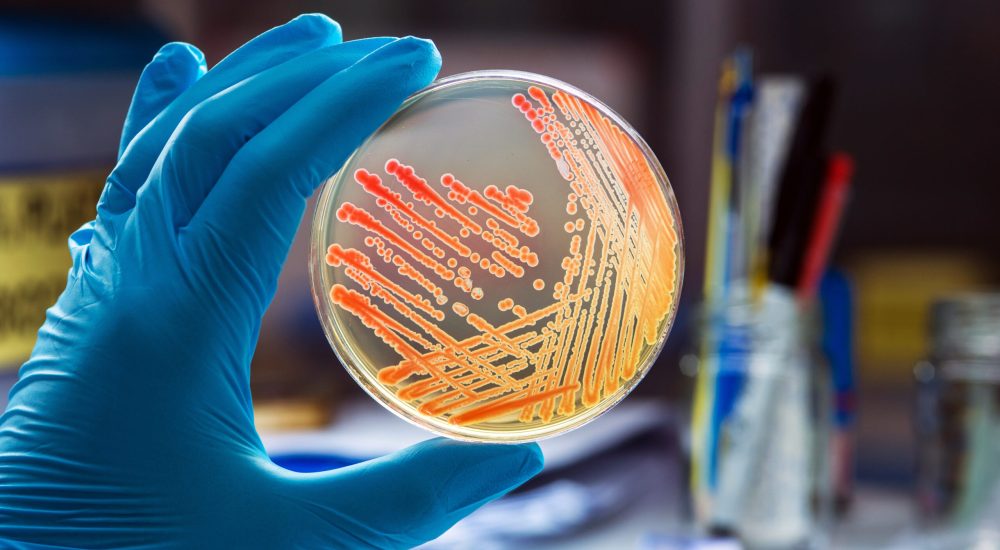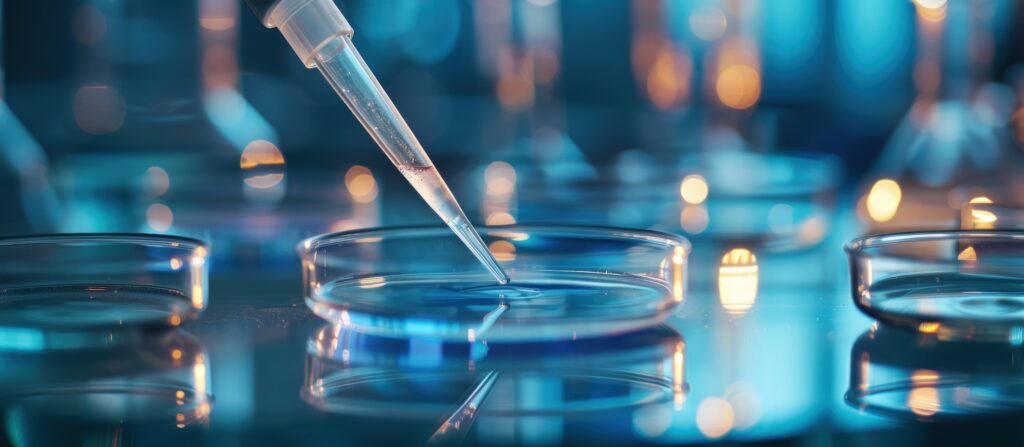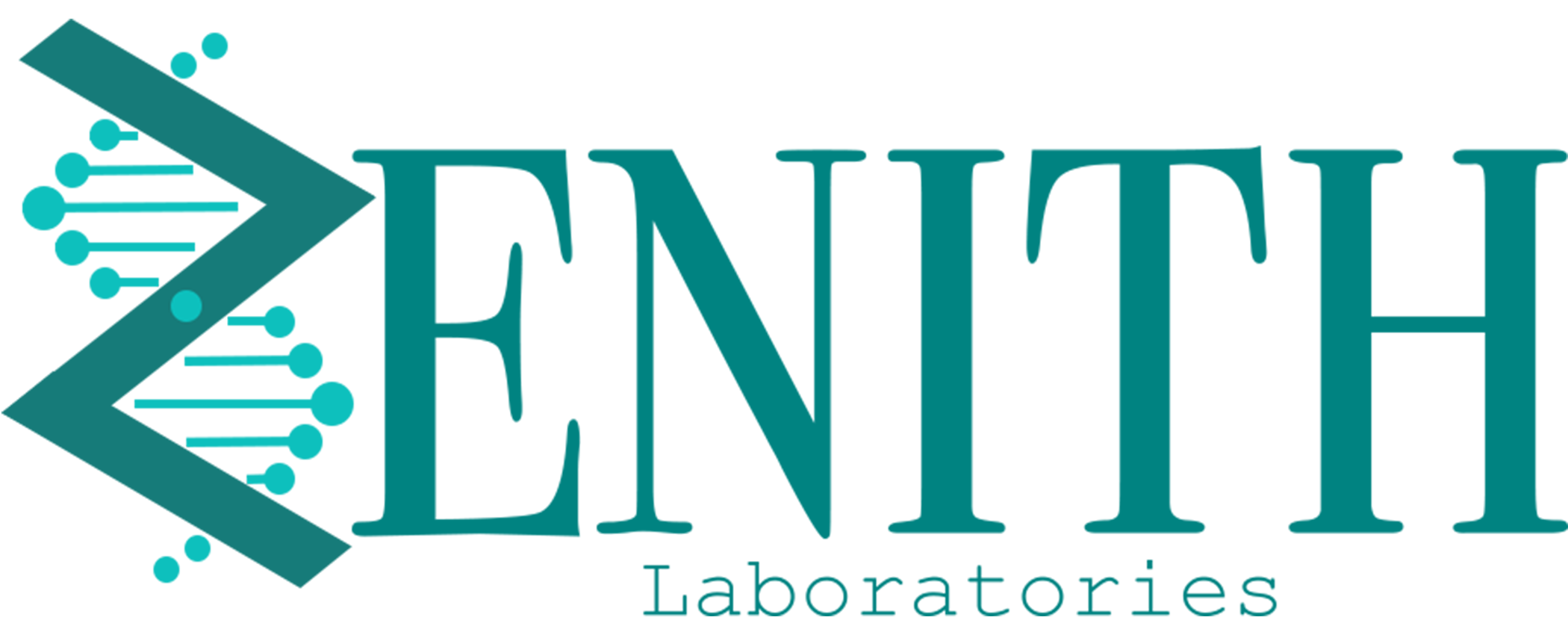
Microbiology Analysis: Unveiling Microbial Diversity for Environmental and Health Applications
Microbial Identification and Characterization: This analysis focuses on identifying and understanding microorganisms present in environmental samples. It utilizes techniques such as culture-based methods, microscopy, and molecular biology tools to identify pathogens, assess microbial diversity, and determine their functional characteristics.
- Microorganism Identification Analyses
- Bacterial Identification & Enumeration (Culturable – Top 3 Prominent Organism Types)
- Fungal Identification & Enumeration (Culturable – Top 3 Prominent Organism Types)
- Candida Auris Detection (Inquire for Other Candida Species)
- Bacterial/Fungal Identification through PCR and DNA Sequence Analysis
- Gram Stain – Bacterial Gram Screen
Microbial Enumeration: Quantifying the number of microorganisms present in a sample to assess their level of contamination. This information is crucial in determining compliance with regulatory standards and evaluating the effectiveness of sanitation or disinfection processes.
- Bioburden/Microbial content:
- Bacterial Enumeration: Bacterial Culture on Selective Media
- Fungal Enumeration: Fungal Culture on Selective Media
- Yeast Enumeration: Counting yeast colonies on YPD agar plates for enumeration.
- Antibiotic-Resistant Bacteria Enumeration: Antibiotic Resistance Profiling: Determining the number of bacteria exhibiting resistance to specific antibiotics.
- Enumeration of Pathogenic Bacteria: – Targeted Pathogen Detection: Counting specific pathogenic bacteria (e.g., Salmonella, Listeria) using selective media and molecular methods.
- Standard Plate Count Method: Aerobic/Anaerobic Total Plate Count (TPC)
Water microbiology: These sample analyses involve the assessment of microorganisms in various water sources to understand their presence, diversity, and potential impact on human health and the environment.
- Total Coliform and Fecal Coliform Testing:
- Membrane Filtration Technique
- E. coli Detection:
- Membrane filtration
- PCR (Polymerase Chain Reaction)
- Heterotrophic Plate Count (HPC):
- Standard Plate Count
- Spread Plate Method
- Total Bacterial Count:
- Culture-based Methods
- Fungal Detection:
- Culture-based Methods
- Legionella Testing:
- Culture-based Methods
- PCR-based Methods
- Species-Specific Pathogen Detection:
- Detection of Specific Waterborne Pathogens (e.g., Cryptosporidium, Giardia, Candida)

